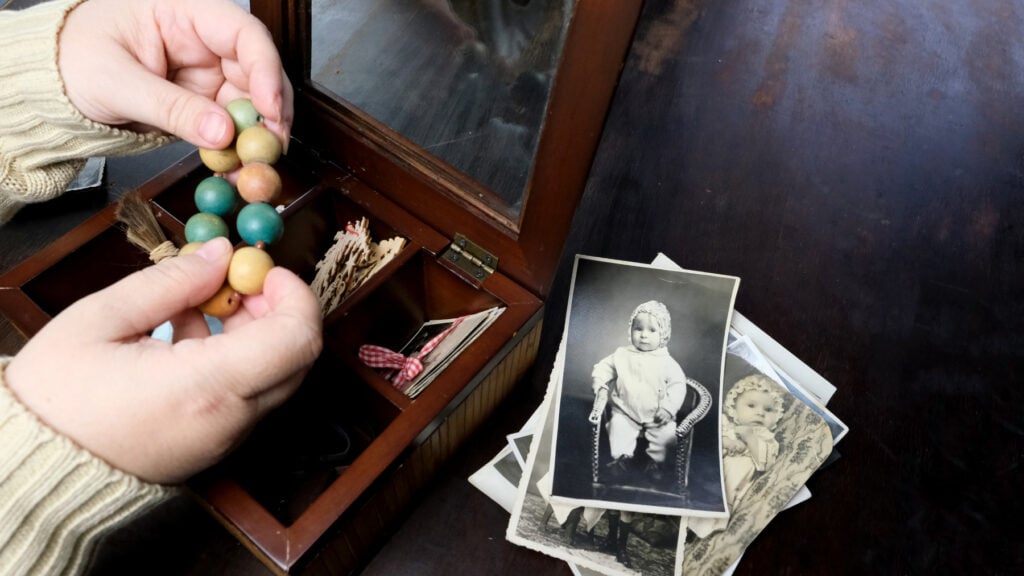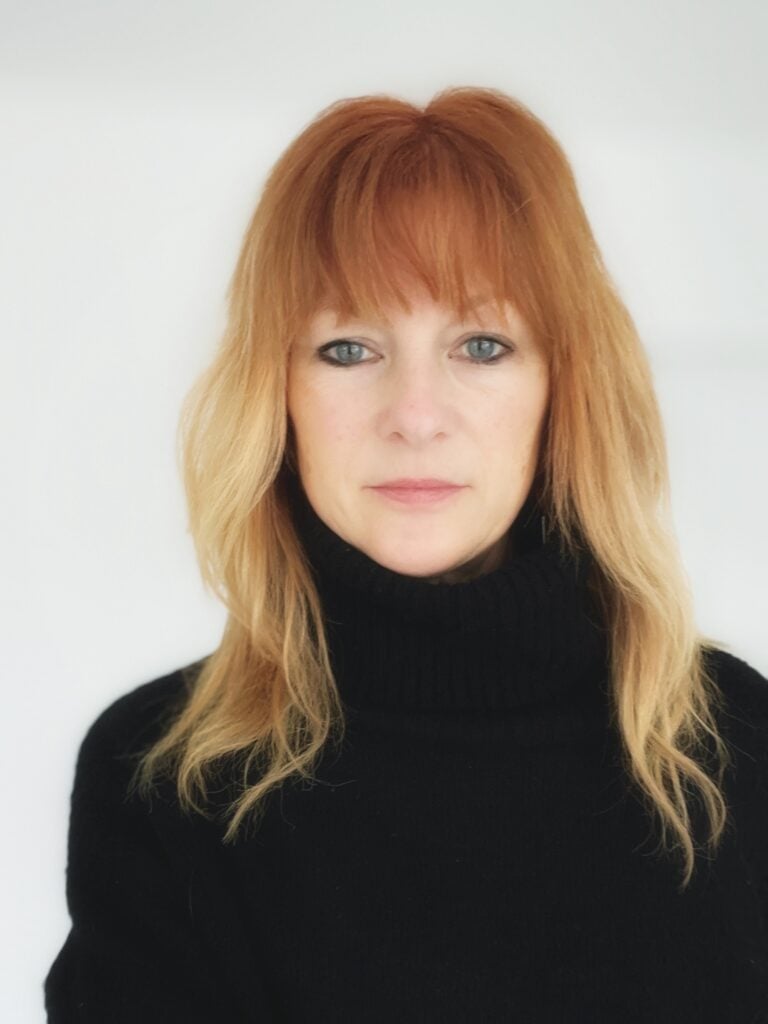
Our top coat hooks for clutter-free hallways
Sarah Harley
It’s impossible to escape the fact that organising has become big business, but does this mean living in a minimalist home without a heart?
Most people will admit that their houses are full of clutter. Even the pandemic which gave us time to declutter doesn’t seem to have helped. But it does explain why Marie Kondo’s Netflix series, ‘Tidying up with Marie Kondo’, became so popular with its encouraging words and advice for creating a more organised home.
For those of us who have spent years creating our own ways of storing, decluttering and dare we say it, hoarding our items, hearing about a new trend for what is essentially a new way to describe ‘tidying up’ raised eyebrows.
Most people will admit that their houses are full of clutter. Even the pandemic which gave us time to declutter doesn’t seem to have helped. But it does explain why Marie Kondo’s Netflix series, ‘Tidying up with Marie Kondo’, became so popular with its encouraging words and advice for creating a more organised home.
For those of us who have spent years creating our own ways of storing, decluttering and dare we say it, hoarding our items, hearing about a new trend for what is essentially a new way to describe ‘tidying up’ raised eyebrows.
 Credit: Shutterstock/Gladskika Tatiana
Credit: Shutterstock/Gladskika TatianaCan a technique that seemed to be about throwing everything out suit a home filled with treasured belongings? We all love the thought of being organised, but not if that means discarding items that remind us of a loved one or special time in our lives. Moving on is often hard.
To find out if this was just a modern approach to a spring clean, we wanted to dig further into the world. We spoke to Sue Spencer, a professional declutterer and Master KonMari consultant, (KonMari being the name given to Marie Kondo’s method) to see if there really is any truth behind the technique.
We asked Spencer how she would respond to those who think the Marie Kondo method is just another way to describing living a minimalistic lifestyle – something that many of us may find appealing, but often impossible to achieve when we have homes filled with memories we can’t bear to part with (and generational families adding ‘stuff’ into their lives with wild abandon).
 Credit: Sue Spencer
Credit: Sue Spencer“KonMari is not the same as minimalism. It focuses on being more aware of what you own and making sure that you love or need whatever you choose to keep,” she explains. “The finishing touch is organising your home to find a place for everything.
“The step-by-step nature of Marie Kondo’s method also simplifies the potentially overwhelming task of sorting out your home into manageable tasks.
“If you are struggling to know how, or where, to start the decluttering process [KonMari] can help to get you started and keep you on track. It can also really help prepare your home for downsizing if that is something you are looking to do in the future.”
The KonMari Method differs in three key ways from traditional decluttering approaches:
‘Spark joy’ is the term used by Marie Kondo to explain how every Item in your home should make you feel. to experience this, you must physically touch or hold the Item. Whether it’s a treasured gift or a coffee cup you are looking for an emotional response to it, be this joy, love, excitement, or warmth. If you don’t experience this, then you should discard it.
 Credit: Sue Spencer
Credit: Sue SpencerAs part of the categorising process, clients are also told to include a category called komono, which refers to those miscellaneous items such as toiletries, kitchenware and stationery that don’t fall into the main categories of clothes, books, papers and mementos.
This category is often the largest, as it’s the komono items that usually create the most clutter in the home. Consultants believe that gathering them all together in one place, enables you to see exactly what you own, avoid duplication and make confident decisions about what to keep and discard.
 Credit: Shutterstock/Kostikova Natalia
Credit: Shutterstock/Kostikova NataliaTo help with the process, KonMari consultants tell their clients to ask themselves if the item – even the functional stuff – ‘sparks joy’. But how do we know what this feels like?
“Pick items up, one at a time, to see how they feel as they hold them,” says Spencer. “You’ll find you have items that you immediately know you love – there’s often a visual clue as your eyes light up, you smile or get a warm fuzzy feeling. It may be that the item makes you feel or look fantastic, it may be a favourite ornament or can just be something comforting like a favourite mug.
“You’ll probably even have favourite saucepans you tend to reach for over others. These are the ones to keep as they’ll always be used.”
If the driving force behind your decision to declutter is because you have decided it’s time to downsize, Sue shares some extra advice from her experience of working with such clients.
“Always leave any decisions about sentimental things until the end of your decluttering. Get used to making decisions about what to keep and discard with easier items like clothes.”
“If you’re keeping items as a memory of a loved one, then keep them somewhere you can see and enjoy them – not boxed up.”
 Credit: Shutterstock/Kittyfly
Credit: Shutterstock/KittyflyShe reassures clients that they don’t need to keep everything, suggesting that if they have one item that means more than others, then keep this and lose the rest.
Spencer encourages clients to remember that it’s not disrespectful to let items go, as it’s likely the person who left them would never want them to feel they were a burden.
“There are also lots of lovely ways to move sentimental items on to a new life,” she explains, telling us how one client recently gifted some trophies to a local golf club to bring more golfers a bit of joy.
But perhaps most importantly, Sue is also happy to reassure her clients that if they genuinely don’t feel it’s the right time to let an item go, they should keep it with confidence, either storing it carefully so that it remains protected, or even better, putting it on display to enjoy.
Having moved more times than I care to admit, I realise I have subconsciously adopted some of the KonMari method when packing up my home. I’ve been called ruthless in my ability to pick up an item and put it aside, somehow knowing that it no longer serves me. Now I realise that’s because I’ve not felt the ‘joy’.
I regularly empty rooms, categorising items into similar piles, happily keeping or discarding based on how I feel about belongings, but one thing I’ve not done is put these items together in one place before I sort them out.
 Credit: Shutterstock/Kostikova Natalia
Credit: Shutterstock/Kostikova NataliaI suspect when I do this, I will find multiples of similar items, like one of Sue’s clients who found 15 travel mugs around the house when they adopted the KonMari method. I’m moving again soon, and this time will be adopting the method in full.
On reflection, I feels it is the mindset this Marie Kondo-inspired method asks us to adopt that’s the magic element.
By definition, to declutter means to remove items. With the KonMari Method, we are encouraged to make positive decisions about what to keep, before we look at what to throw away. It turns a negative into a positive which is always the best way to start any task.
In giving ourselves approval to keep treasured items, to consciously create a home filled with items we love, we find it easier to identify what we don’t need.
While a home is far more than a series of rooms, it’s also the physical element of emptying those rooms into one central location that gives us the space to truly see what we own and decide what to keep.
It’s the perfect combination of positive and practical – so why not go upstairs, empty your wardrobe now and see if you can use joy as a way to make your life a little better?

Written by Sarah Harley she/her
Published: Updated:
Since first picking up a paintbrush and experiencing the joy of re-decorating her bedroom in a questionable red, white and grey scheme as a young teenager, Sarah Harley was hooked on the world of interior design. This obsession even led to a real life ‘Grand Designs’ project in 2005 when she donned a pink hard hat and appeared on TV screens, project managing the renovation and extension of a Grade II listed 17th century Folly in South Wales.
Throughout her career, Sarah has gained an array of experience in several different roles, ranging from copywriting, PR, events management and photography to interior design and home staging. With her two passions being the written word and the joys of a beautifully designed home, Sarah’s mission is to open the door on the world of interiors, inviting readers in to help them work their way through the vast choice of products, ideas and trends so that their own homes can reach their full potential.